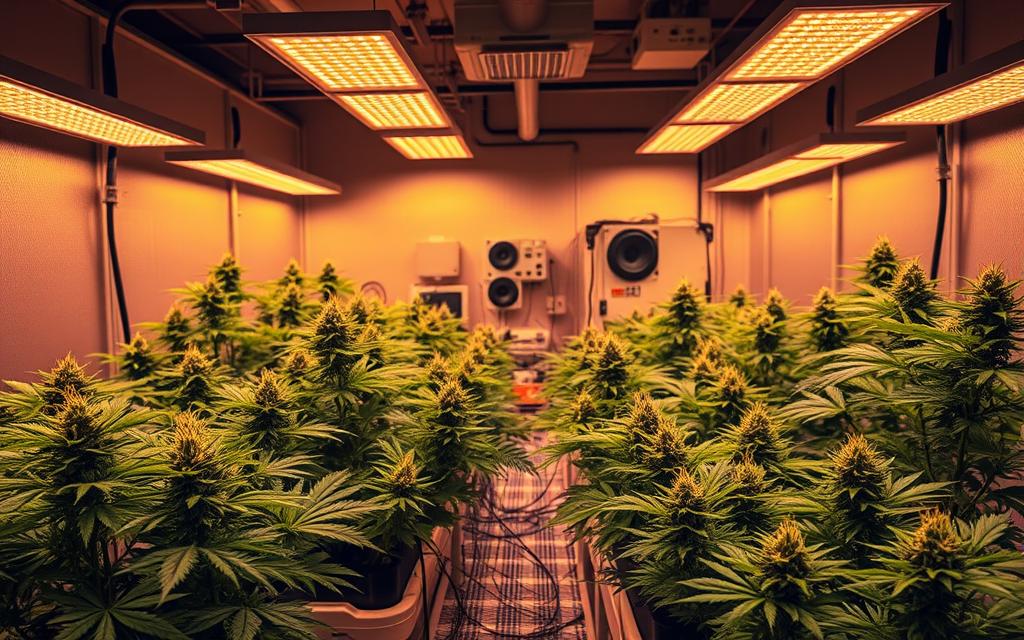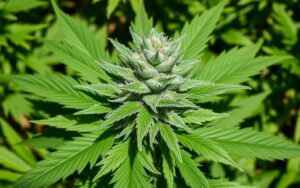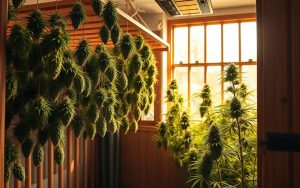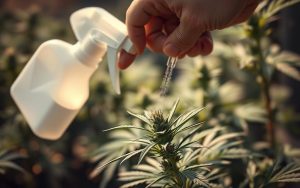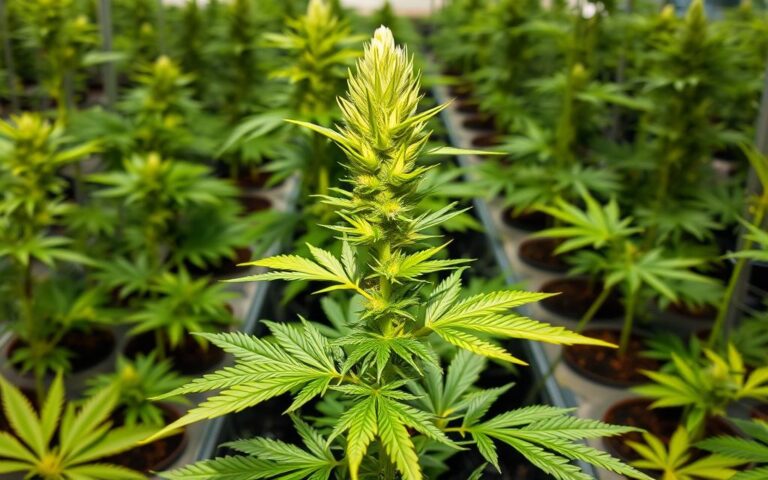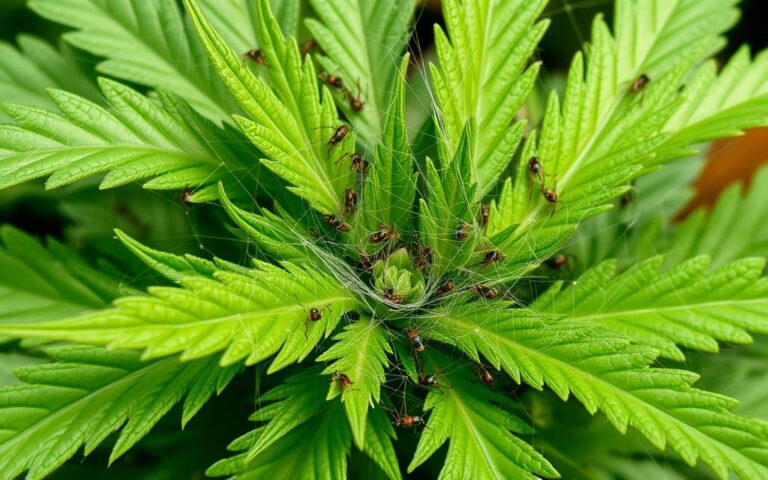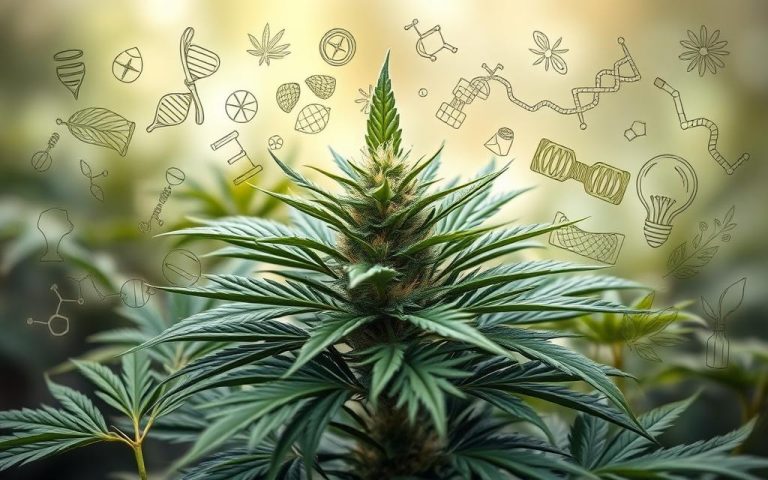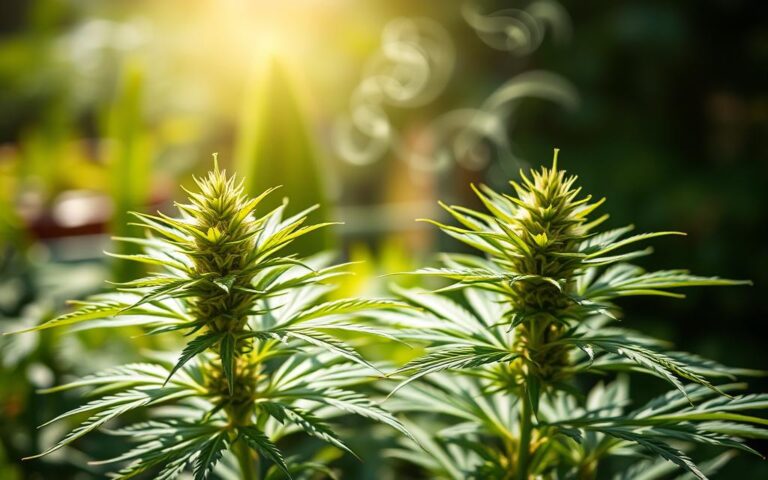A Step-by-Step Guide to Growing Cannabis Indoors
Indoor cannabis cultivation is gaining popularity across the United States. Home growers can control environmental conditions for optimal plant development. This method allows for precise management of temperature, humidity, and lighting.
Indoor growing offers advantages over outdoor methods. It enables year-round production and a consistent cultivation environment. This approach directly impacts plant health and potential yield.
This guide covers essential techniques for successful home marijuana cultivation. We’ll explore equipment selection and best practices for both novice and experienced growers.
Creating an optimal environment is key to producing high-quality cannabis at home. With the right knowledge and tools, anyone can master indoor growing. Let’s dive into the process from seed selection to harvest.
Essential Equipment and Setup for Indoor Cannabis Growing
Indoor cannabis growing needs careful planning and the right gear. A comprehensive growing guide can help you create the perfect plant environment. Choosing the right space and tools is key to success.
Choosing the Right Grow Space
A spare room, garage, or basement can be ideal for indoor growing. Grow tents help control the environment. Most growers use a 3×3 foot space for 4-9 plants.
- Ensure complete light control
- Maintain privacy
- Create a dedicated growing area
Lighting Systems for Cannabis Cultivation
LED grow lights work best for indoor cannabis. Light needs vary by growth stage. Use 100-125 watts for the vegetative stage and at least 250 watts for flowering.
- Vegetative stage: 100-125 watts
- Flowering stage: Minimum 250 watts
Top LED options include the Advanced Platinum Series P300 and G8LED 900W MEGA LED. These offer full light spectrums and deep canopy reach.
Climate Control Equipment
Good ventilation is crucial for optimal growing conditions. The best temperature range is 79-83 degrees Fahrenheit. Key climate control items include fans, carbon filters, and thermometers.
- Fans for air circulation
- Carbon filters
- Thermometer and hygrometer
- Dehumidifier
Small electric dehumidifiers like the Vornado EV200 work well in small grow tents. They help manage humidity levels, which is vital for plant health.
Starting Your Cannabis Plants: Seeds and Germination
Growing cannabis starts with picking the right seeds and using proper germination methods. Careful seed selection and seedling care create a strong foundation for successful cultivation.
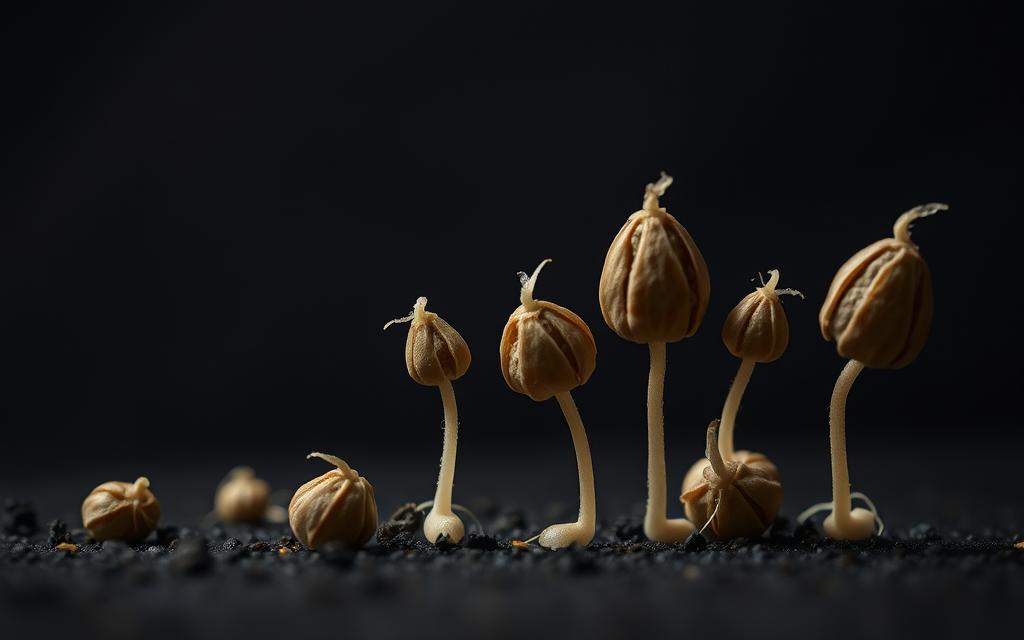
High-quality seeds are crucial for successful cannabis growing. Growers must consider several key factors when choosing their genetic starting point.
Selecting Quality Cannabis Seeds
When picking cannabis seeds, look for signs of strength and viability. Choose seeds with dark brown coloration and tiger-stripe patterns.
Look for firm, intact seed shells without cracks. Buy from reputable seed banks that offer genetic stability.
- Dark brown coloration with tiger-stripe patterns
- Firm, intact seed shell without cracks
- Seeds from reputable seed banks with genetic stability
- Choose between feminized, regular, or auto-flowering varieties
Germination Techniques
Various methods can help cannabis seeds sprout successfully. The paper towel method is popular among home growers.
- Soak seeds in water for 24-48 hours
- Place seeds between moist paper towel layers
- Maintain temperature between 70°F to 80°F
- Keep environment dark and consistently humid
Transplanting Seedlings
Careful transplanting helps seedlings survive during their fragile early growth stage. Gentle handling and proper environmental conditions are vital for successful development.
Key transplanting guidelines include:
- Wait until seedlings develop 2-3 true leaves
- Use fresh, nutrient-rich potting soil
- Maintain consistent moisture
- Provide 18-24 hours of soft light
Tracking seed germination rates helps growers measure their success. An 80% germination rate shows high-quality seeds and good technique.
Vegetative Stage: Nurturing Your Cannabis Plants
The cannabis vegetative stage is crucial for plant growth. Plants develop strong structures and prepare for flowering. Cultivators create ideal conditions to support vigorous growth and maximize yield potential.
Cannabis plants need specific conditions to thrive during the vegetative stage. Growers should maintain 18-24 hours of light daily. Temperatures should range between 70-85°F with humidity levels of 40-70%.
Optimal Light Cycles for Vegetative Growth
Lighting is vital in the cannabis vegetative stage. Most indoor growers use an 18/6 light schedule. This provides 18 hours of continuous light and 6 hours of darkness.
- 18 hours of continuous light
- 6 hours of darkness
- Consistent light intensity
Nutrient Requirements During Vegetation
A strategic nutrient plan ensures healthy plant development. Key factors include nitrogen-rich nutrients for leaf and stem growth. Balanced NPK ratios (typically 5-2-3) are also important.
- Nitrogen-rich nutrients for leaf and stem growth
- Balanced NPK ratios (typically 5-2-3)
- pH levels between 6.0 and 7.0
Training Techniques for Improved Yield
Plant training techniques can boost cannabis growth and potential harvest. Some effective methods include Low-Stress Training (LST) and topping.
- Low-Stress Training (LST): Gently bending branches to create an even canopy
- Topping: Removing the main growing tip to promote multiple top colas
- FIMing: A less aggressive version of topping that encourages bushier growth
Careful management during the vegetative stage is key. It helps develop strong, productive cannabis plants ready for flowering. Growers can achieve great results by focusing on these aspects.
Flowering Stage: Maximizing Bud Production
The cannabis flowering stage is crucial for plant development. Growers turn green plants into potent, resinous buds. This phase needs precise environmental control and strategic nutrient management.
Plants undergo significant changes during the flowering stage. These changes affect harvest timing and overall yield. Growers must monitor conditions carefully to support cannabinoid and trichome production.
Transitioning to Flowering
Transitioning to flowering requires adjustments to light cycles and plant care. Cannabis plants need a 12/12 light schedule to trigger flowering. This transition lasts about three weeks.
During this time, plants experience a growth spurt called “the stretch”. Growers should expect substantial vertical growth.
- Reduce light hours from 18 to 12 per day
- Expect substantial vertical growth
- Monitor plant sex to remove male plants
Managing Light and Nutrients for Optimal Flowering
Nutrient needs change dramatically during the flowering stage. Growers should adjust fertilization to support bud development. Focus on phosphorus and potassium-rich formulations.
- Use bloom-specific nutrients with a 2-8-4 (N-P-K) ratio
- Gradually reduce nitrogen levels
- Maintain pH between 6.0 – 7.0
Identifying and Addressing Common Issues
Successful bud production requires vigilant monitoring and quick problem-solving. Key health indicators include trichome color, pistil development, and resin production.
- Watch for trichome color transition (clear to cloudy to amber)
- Aim for 80/20 mix of cloudy to amber trichomes
- Maintain proper water intake (0.75 – 1 liter daily)
Pro tip: Harvest timing significantly impacts cannabis potency and effect. Early harvests produce more uplifting experiences, while later harvests create more sedative outcomes.
Harvesting, Drying, and Curing Your Cannabis
Cannabis harvesting is crucial for product quality. Timing is key to maximize potency and preserve cannabinoid profiles. Proper cannabis harvesting needs precise environmental control and attention to detail.
Drying methods are vital for maintaining cannabis quality. Ideal conditions include 60℉-70℉ temperatures and 45%-55% humidity. Fresh-cut plants can spoil within 48 hours in humid, static conditions.
Indoor growers need backup power to prevent crop loss during electricity outages. Curing transforms good harvest into exceptional product. Place trimmed buds in airtight glass jars and “burp” them 1-3 times daily.
Curing can last one week to two months. Keep temperature between 60℉-65℉. Monitor moisture content, keeping it between 8%-11% to prevent mold and preserve terpenes.
Security is crucial during final production stages. Use transportation manifest logs and seed-to-sale tracking systems. Limit access to stored cannabis to reduce theft risks.
Following these drying and curing techniques optimizes cannabis harvest. This ensures maximum potency and flavor in the final product.

